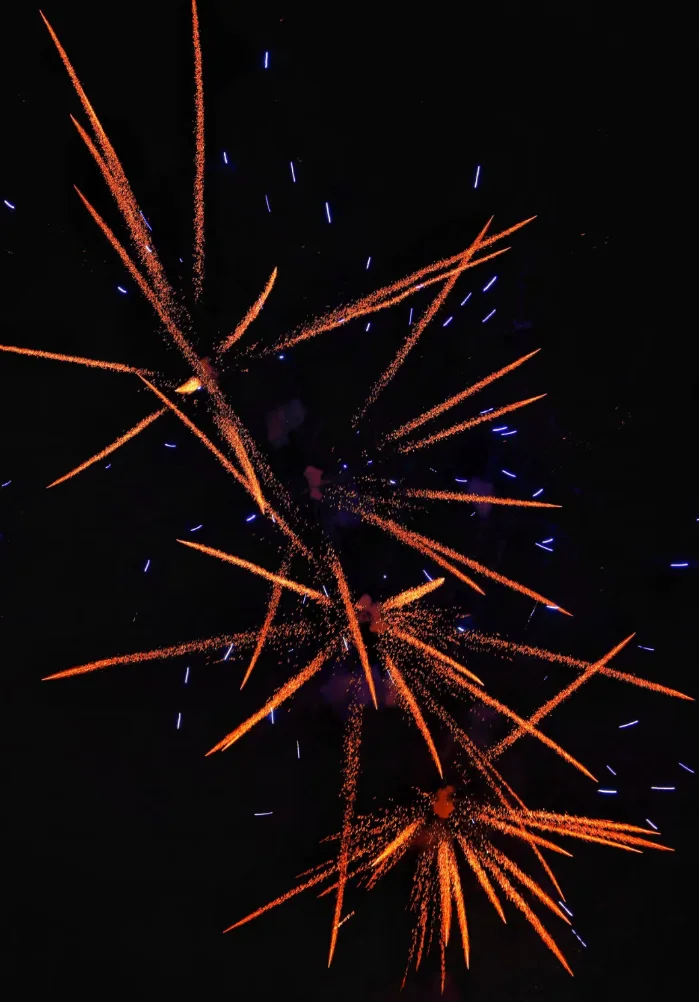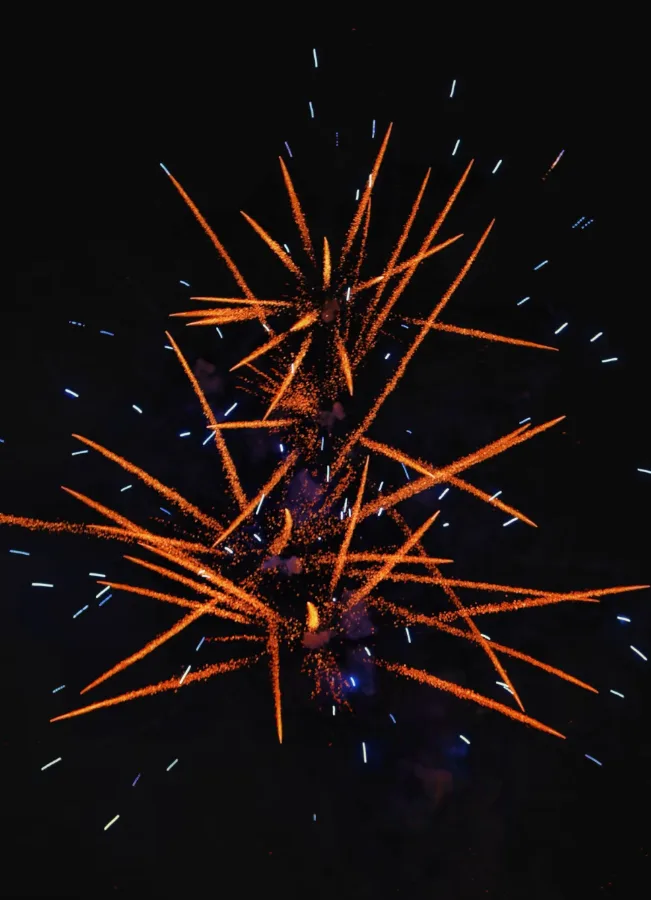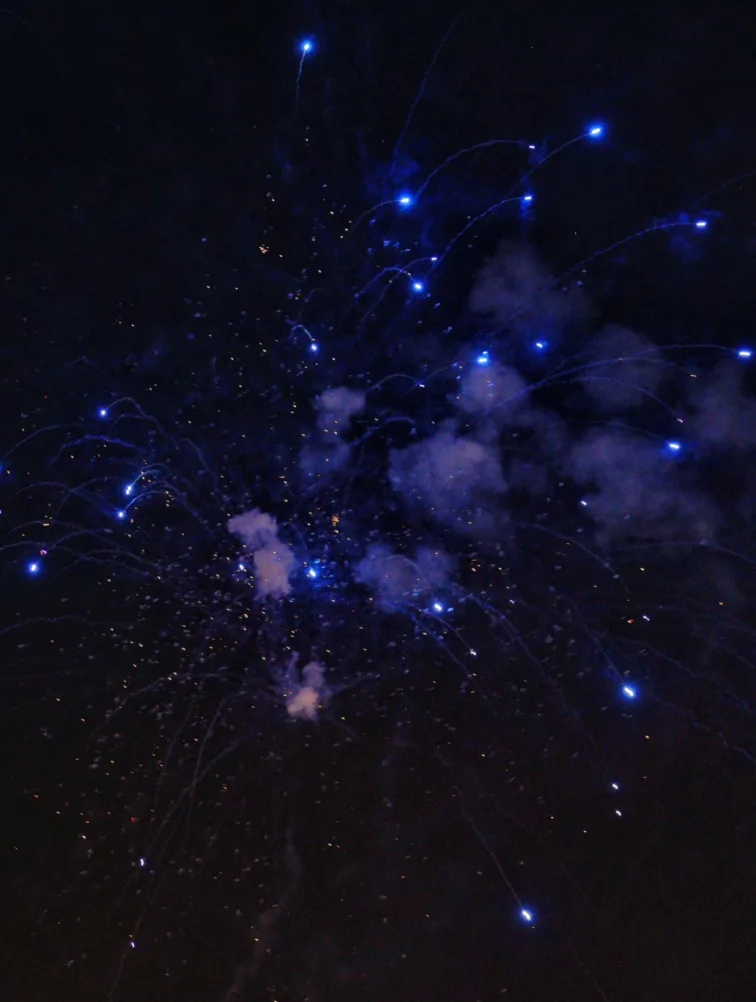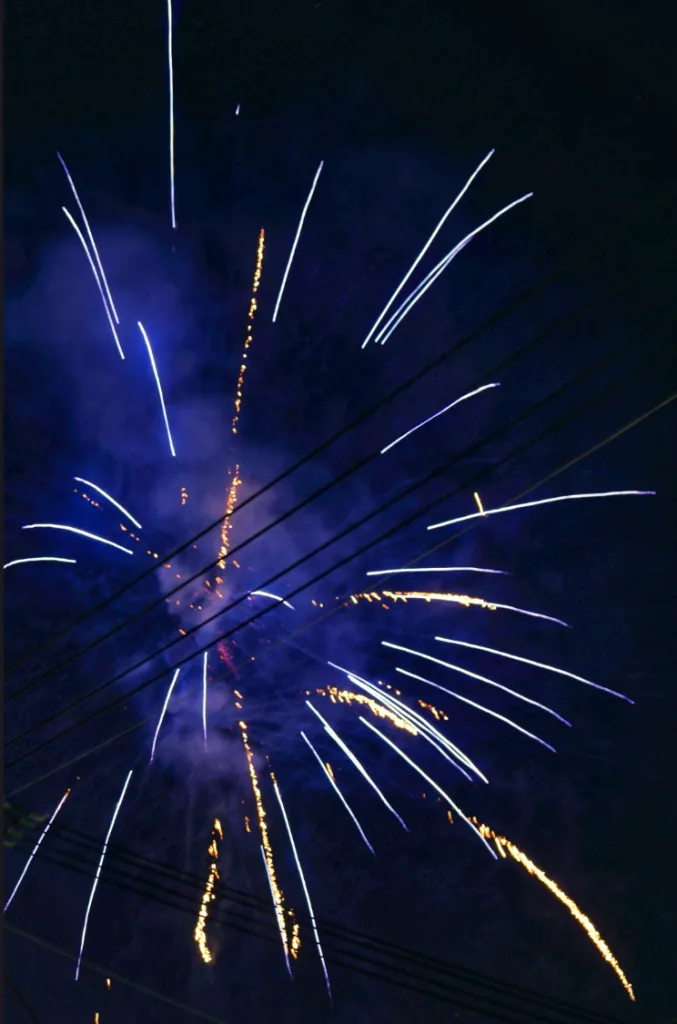In the vast world of fireworks, every product possesses a unique charm and historical origin.
Today, we will delve into several classic firework types, with a particular focus on the roman candle, exploring its similarities and differences with other fireworks, and emphasizing the cultural and safety principles behind it.
First, let's address what is a roman candle. It is a cylindrical firework, typically made from a hard cardboard tube.
The tube is not filled with a single type of pyrotechnic compound, but rather with multiple layers of propellant and effect compositions. When the fuse is lit, these layers ignite sequentially, propelling the effect compositions into the air. The result is that a roman candle can continuously launch a series of bright and colorful "stars," tracing elegant arcs across the night sky, often accompanied by a crisp popping sound. This continuous and rhythmic launch style makes it stand out among many other fireworks.
In sharp contrast to the vertical launch characteristics of the roman candle is the st catherine wheel.
The st catherine wheel is a firework that is fixed on a vertical plane and creates a halo and spark effect through its own rotation. Its beauty lies in the dynamic spinning and the unique light patterns it generates, whereas the beauty of the roman candle is in the continuity and height of its upward-firing display. These two fireworks represent two distinctly different aesthetic approaches to ground fireworks: one is the horizontal splendor of rotation, and the other is the vertical spectacle of ascent.
Furthermore, the effects that a roman candle can produce are diverse, and one of the most popular effects is the white sparkler.
This effect is achieved through a specific pyrotechnic formula, capable of bursting with bright white light in the night sky, twinkling like stars. Especially within a sequence of launched stars, this white sparkler effect adds a pure and dazzling visual impact to the entire performance. The brightness and clarity of the white sparkler make it an indispensable element for many firework designers.
However, no matter how much we are captivated by the visual feast brought by the roman candle, the st catherine wheel, or the white sparkler, safety is always the top priority.
To understand what is a roman candle, one must first understand its working principle and potential risks. Due to its continuous launch nature, it is crucial to ensure that the roman candle is firmly secured on a stable, non-flammable surface before ignition. Any tilt could cause the stars to launch in an unsafe direction. Similarly, never hold a roman candle or attempt to move it after it has been lit. When lighting the fuse, a person should stand to the side, keep their arm straight, and quickly retreat to a safe distance after ignition.
In conclusion, a roman candle is more than just a firework; it represents a classic form in the art of pyrotechnics. By understanding what is a roman candle, appreciating the rhythmic continuity of its launches and effects like the white sparkler, and strictly adhering to safety regulations, we can truly enjoy the endless fun that firework culture provides.






